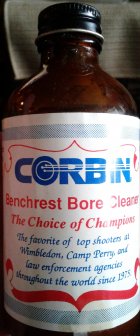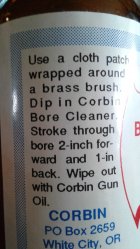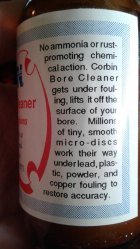I’ve read the multitude of threads on various sites regarding JB and Iosso.
I understand Iosso is reportedly more coarse/aggressive.
My question is, other than the oil carrier, how do these “bore polishes” differ from an automotive, stone, or glass buffing compound?
It is reported that JB is actually a repurposed glass lens buffing compound.
Anyone have some insight?
I understand Iosso is reportedly more coarse/aggressive.
My question is, other than the oil carrier, how do these “bore polishes” differ from an automotive, stone, or glass buffing compound?
It is reported that JB is actually a repurposed glass lens buffing compound.
Anyone have some insight?













